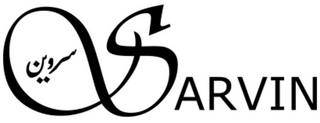Sustainability Series - Reducing Waste
Textile waste during the construction of textile products is a massive factor in why fashion and garment manufacture is damaging the environment. On average, 35% of all fabrics and materials end up as waste before the product reaches the consumer.
This could be due to cutting waste, unusable stock, spoilage or excess stock. As a result, some of this textile waste is then incinerated or dumped in landfill. Generally, the industry pays less attention to waste than other ecological issues.
However, research suggests that taking steps to ensure better waste management could save the industry 4 billion dollars a year.
At Sarvin, we believe it is our responsibility to take action against textile waste and are developing 'Zero Wastage' solutions during our supply chain. Our mission is to lead the way for independent brands to a more ethical and sustainable fashion landscape.
We are a small brand with big dreams - we are currently resolving ways we can reduce waste in our Manchester studio for future collections. In development are one-off accessories, such as neckties and hair scarves, and lingerie which will be of a limited run.
Prior to lockdown, we launched our Zero Waste Design Project. A collaborative opportunity where we invited design students and graduates to design a range of accessories from our collection off-cuts and factory waste.
It was a chance for us to help new and emerging designers, whilst being able to explore ways we can begin to reduce waste and work our way towards being a 100% Zero Waste brand.
Since the lockdown restrictions were implemented in the UK, the Zero Waste Design Project has had to be put on hold. This is because we wanted to be able to work with our participants closely, with regular one-on-one contact and meetings.
As the lockdown restrictions have slowly lifted, we are considering the safest and most appropriate ways we can kickstart the Project again.
You can read more about our leaving lockdown strategy here.


